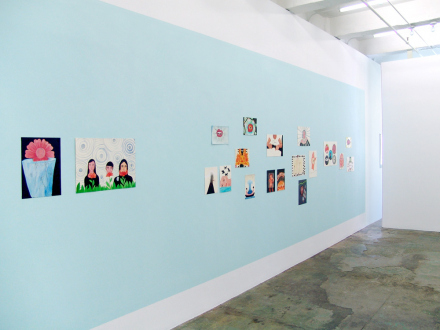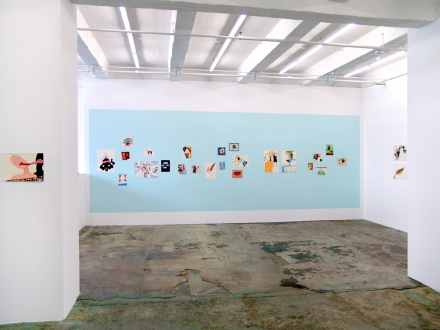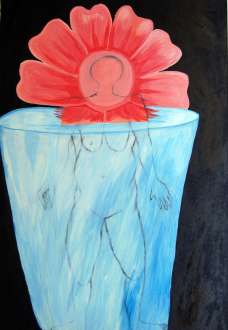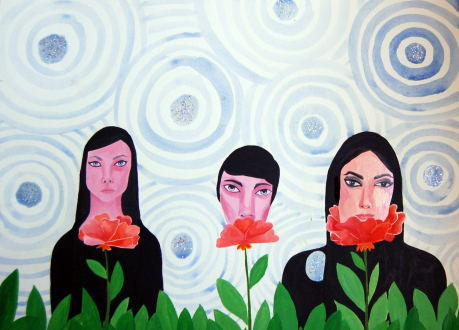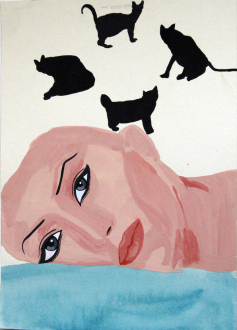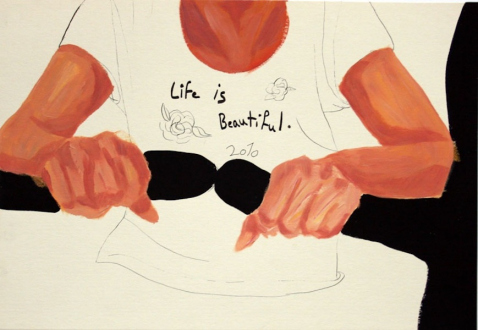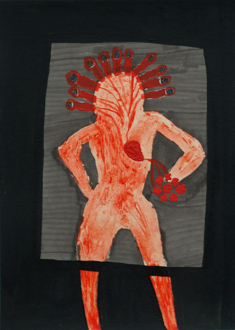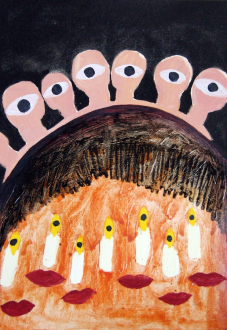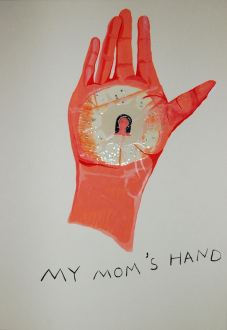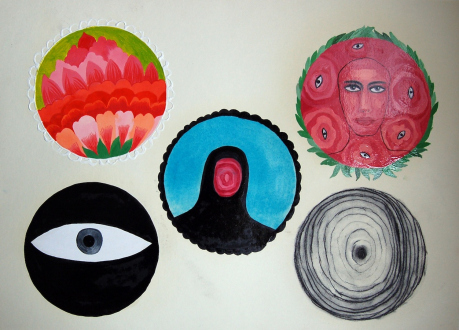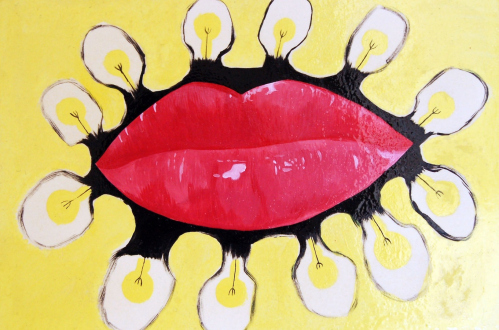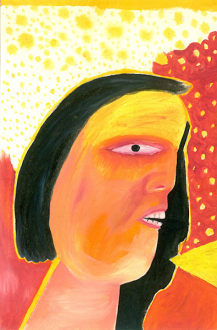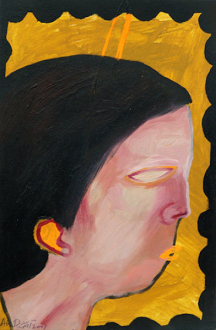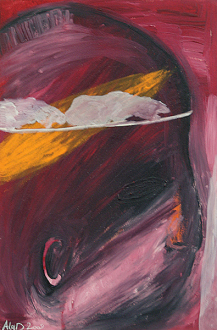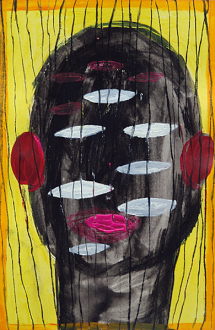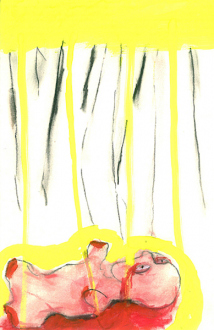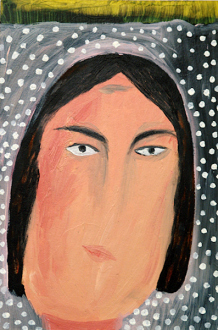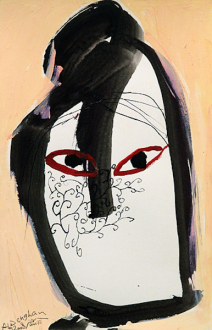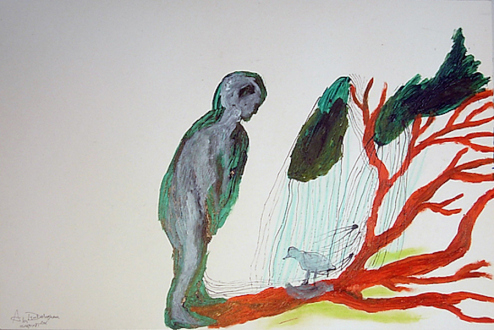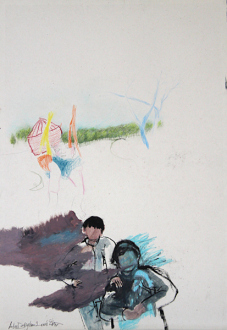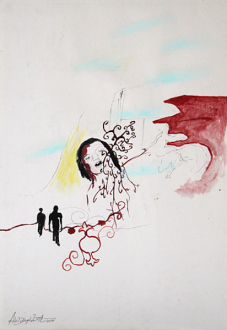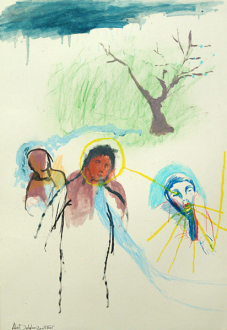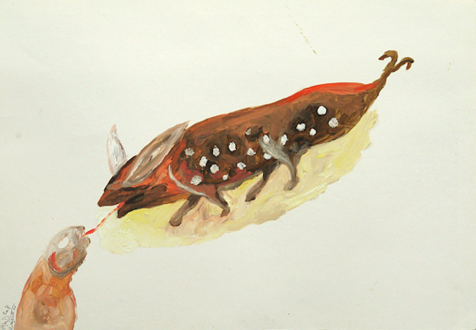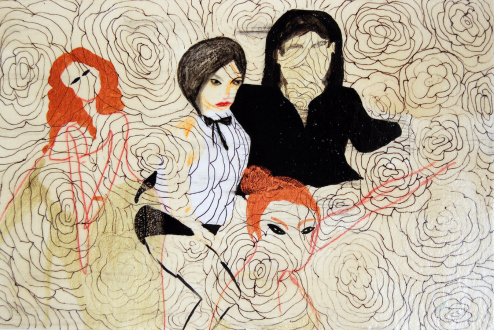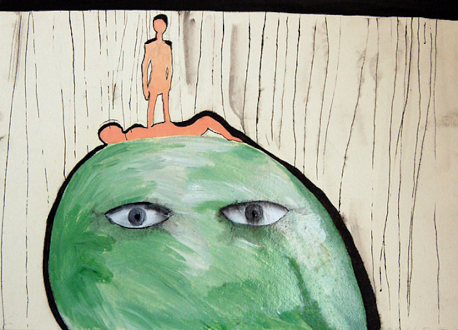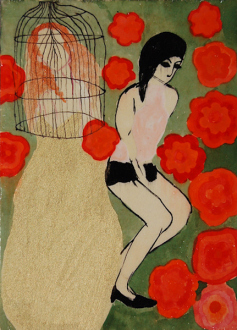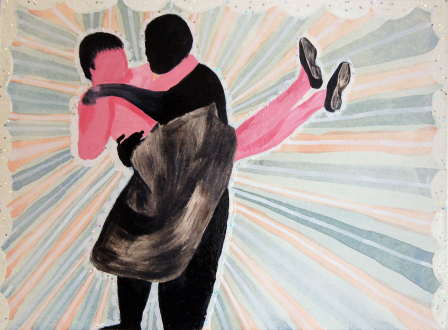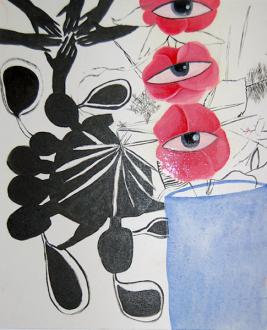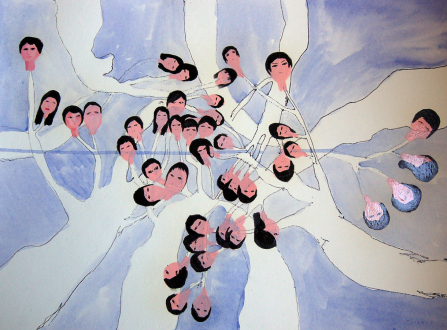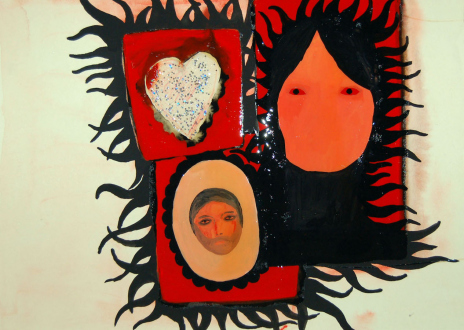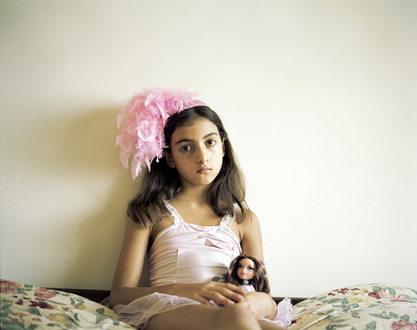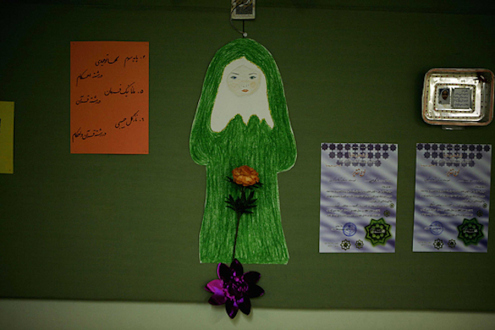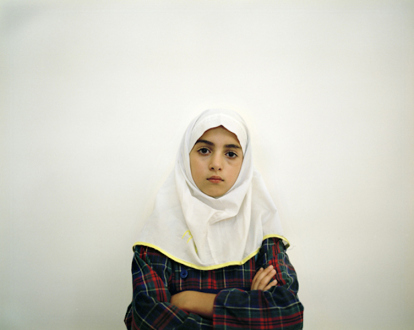Ala Dehghan – I Can Explain Everything (Works)
Selected Works
Ala Dehghan
Ala Dehghan – I Can Explain Everything Press Release
Thomas Erben Gallery is pleased to present the first US solo exhibition of works by Ala Dehghan (b. Iran, 1982). I Can Explain Everything! is a compilation of small mixed media works on paper that, without being autobiographical, draw from Dehghan’s own experiences as a woman in contem-porary Iran. In a kind of “subjective documentation”, she creates links between people, objects and elements of nature fusing them into potentially metaphorical signs. Seen together, her works create an atmosphere of emotional suspense, suggesting multiple implications that stem from specific personal, cultural and political conditions under which these vignettes were created.
Dehghan arrived at her unique style first through studying works attributed to the regional master painter Muhammad Siyah Qalam (turn of the 15th Century) whose humorous and richly detailed, fluid depictions of demons, nomads and workers are believed to be simultaneously politically scathing. For her MFA, Dehghan studied American Neo-Expressionism as exemplified by such artists as Salle, Basquiat, Schnabel and Fischl, which introduced more personally expressive elements into her practice. In I Can Explain Everything!, she makes use of a more graphic style facilitating, through the language of Pop, a visually direct and “global” communication.
Working in small scale on paper, a choice based on the traditional media of miniature painting, Dehghan infuses her art with immediacy and intimacy. She states “drawing is directly related to the mind and is a more appropriate way of expressing spontaneous experiences.” Their small scale and seemingly impromptu compositions lure the viewer in while the complexity of her subject matter, the deftness of hand and attention to minute detail ask the spectator to linger and engage. Though labeled drawings, her use of gouache and paint belie the spontaneity of sketching and reveal deep consideration and introspection into the many, often contradictory facets of the human condition. It seems appropriately summarized when she writes, “I walk with the umbrella of my paintings under the rays of madness.”
Ala Dehghan’s work was first seen in the US in Looped and Layered: A Selection of Contemporary Art from Tehran, May 14 – July 10, at this gallery. In the past two years, it also has been included in numerous exhibitions at such venues as Aaran Gallery, Tehran; Thaddaeus Ropac, Paris; Kunstraum Deutsche Bank, Salzburg; Il Gabbiano Gallery, Rome; and Gallery Verso, Turin. She has been awarded the 2010 Magic of Persia Residency by the Delfina Foundation, London. Dehghan’s work has been reviewed in Frieze, The New York Times and Wallpaper.
The project space presents a photographic triptych by Newsha Tavakolian (b. Iran, 1981). The Day I Became a Woman, Nos. 1-3, is part of a larger series documenting a ceremony in Iran held when nine-year-old girls first wear the hijab. No. 1 depicts a young girl, surrounded by girlhood paraphernalia, whereas in No. 3 the same person addresses us with a self-possessed gaze, conscious of her new role as represented by the garment. Contrary to the imagery usually associated with the “chador” as a signifier of Muslim womanhood, Tavakolian allows for an intimate encounter with an individual regardless of the trappings of clothing and accessories.
